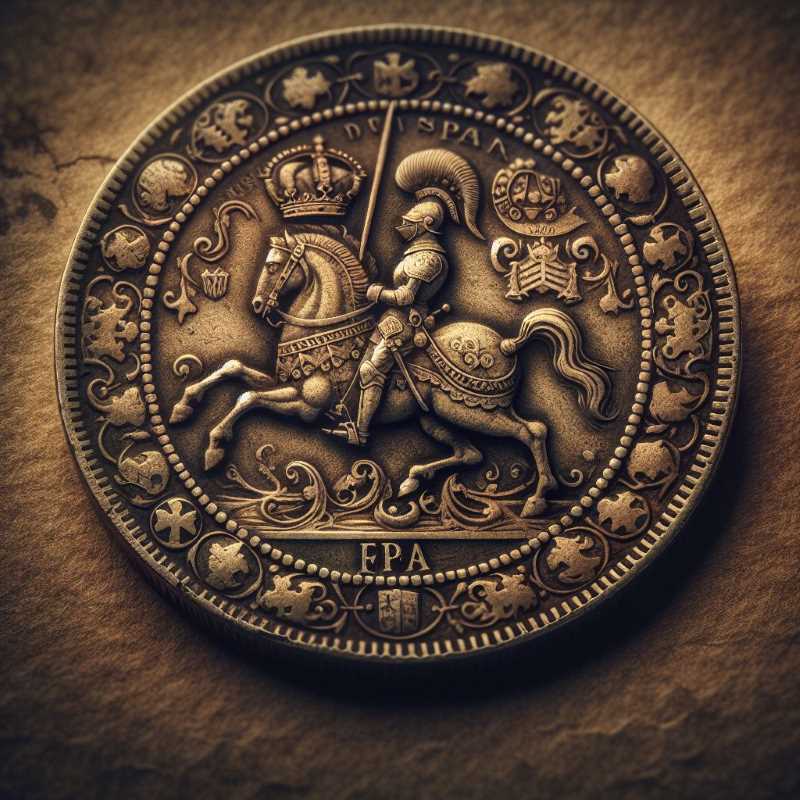The Economic Legacy of the Spanish Mint of New Spain
The Spanish Mint of New Spain began as a chaotic enterprise. Royal decrees brought order, transforming it into a vital economic engine for the empire. Despite wars and upheaval, the Mint survived, a testament to the enduring power of coinage.

When Spain's long arm stretched across the Atlantic Ocean, it wrapped its fingers firmly around the riches of New Spain. This burgeoning viceroyalty, with its seemingly inexhaustible mines and burgeoning population, needed order. And amidst the swirling chaos of conquest and colonization, order meant money. Thus, in 1535, Emperor Charles I, with a royal flourish and a pragmatic eye on the treasury, decreed the creation of a Mint.
But this wasn't a grand institution born with pomp and silver-polished circumstance. The early Mint was an almost hilariously disorganized affair. Think of it as less a bastion of meticulously stamped coins and more akin to a particularly rambunctious family business. You see, instead of a centralized structure, the Mint essentially hired out its work. Supervisors acted as free agents, bringing on their own staff and paying them directly. It was akin to watching a dozen bakers, each with their own ingredients and recipes, try to produce uniformly delicious loaves of bread. Chaos? Deliciously likely.




